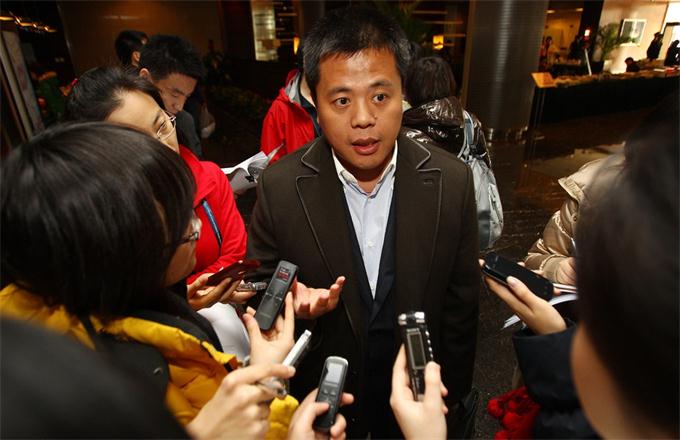Research bases are not places for recreation
 |
|
Mission Hills Golf Club, about 30 minutes outside of Hong Kong, is the world's largest golf complex. It takes up 20 square kilometers (7.72 square miles) and 6,000 acres, and features 12 18-hole courses, many designed by some of the world's most famous golfers.[Photo/CFI] |
Thirty kilometers?from Kunming, the capital of Southwest China's Yunnan province, is a field base of the provincial environmental science research institute established to conduct research on rare and endangered plants. But a resort and golf course have been built on its campus where some people indulge in recreation, Beijing Times commented on Wednesday:
The recreation facilities, including "four star" guesthouses, restaurants, must have cost millions of yuan to build. Journalists did not find the relevant information on public bidding, so no one knows where the funds for the facilities came from.
Even if the funding proves to be proper, the institute still has to use its resources for scientific research, instead of trying to entertain a few or simply go for profits.
In 2014, media reports said the Harbin city land bureau in Northeast China had built a luxurious clubhouse in the protected wetlands. The bureau responded that the initial plan was to build a geological environmental monitoring station.
Although the clubhouse has been "cleared" and the "monitoring station" has been put up for sale, that explanation was not convincing.
Some government departments that have allowed facilities to be built on the grounds of scientific research institutes should clarify where the funds came from.
If the fund sources are suspicious, why didn't the supervisors stop them? If the facilities were self-financed, why are outsiders allowed to use them? Was there any abuse of power or rent seeking? And if scientific research funds are used to please a small number of officials, isn't it corruption?
Such practices should be stopped.
























